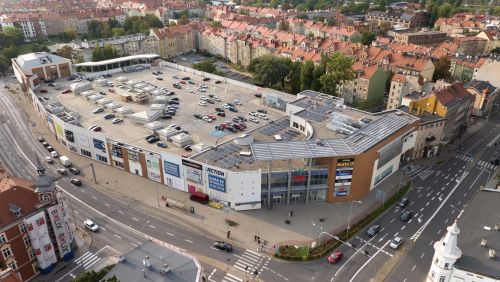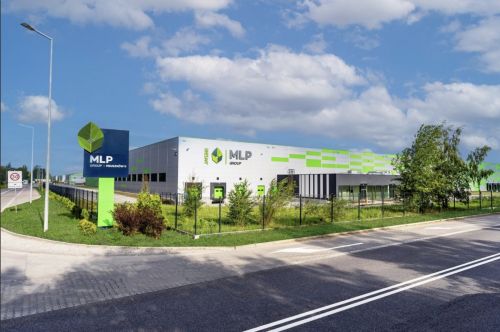Emil GóreckiA country of great needs and optimism. All that is needed is outside finance and an understanding of the complex workings of the market and administration. Strong nerves are also needed. The very best of luck! In 2007, the amount of real estate investment in Kiev totalled more than USD 800 mln. This was much greater than the previous year, when the figure reached only USD 200 mln. Two years earlier, there was no trace of foreign investment. The attractiveness force of Kiev is obvious. It is the capital and largest city of the country, with a population of 3.3 mln. Other interesting cities include the ‘millionaires’: Kharkov, Dnipropetrovsk, Donetsk and Odessa. The properties in these cities are certain to generate substantial profits, but investors are currently looking for challenges in even smaller cities. There are several reasons for this: in Kiev and the other large cities there exists huge demand with practically zero supply, together with the absence of






























































